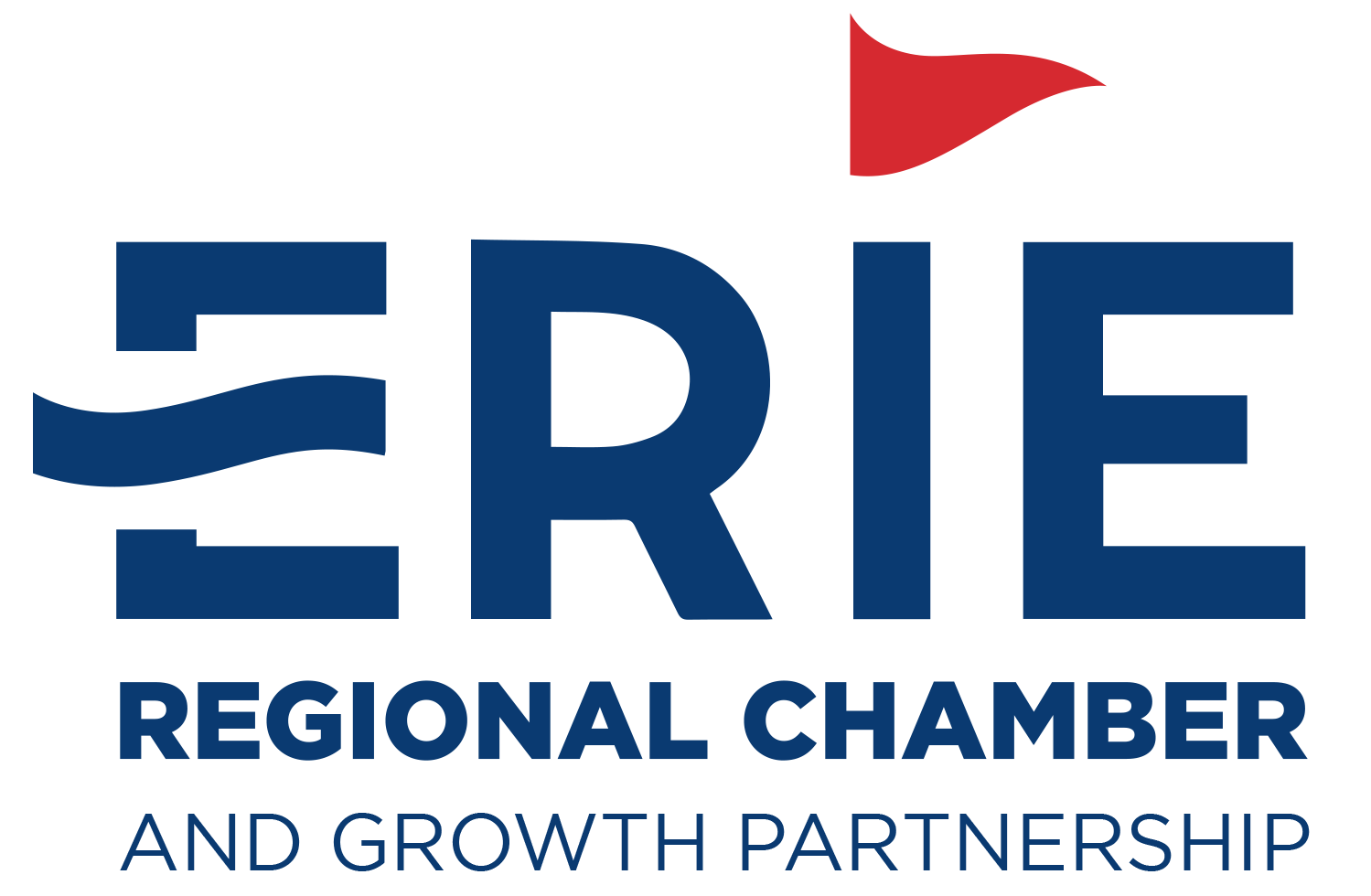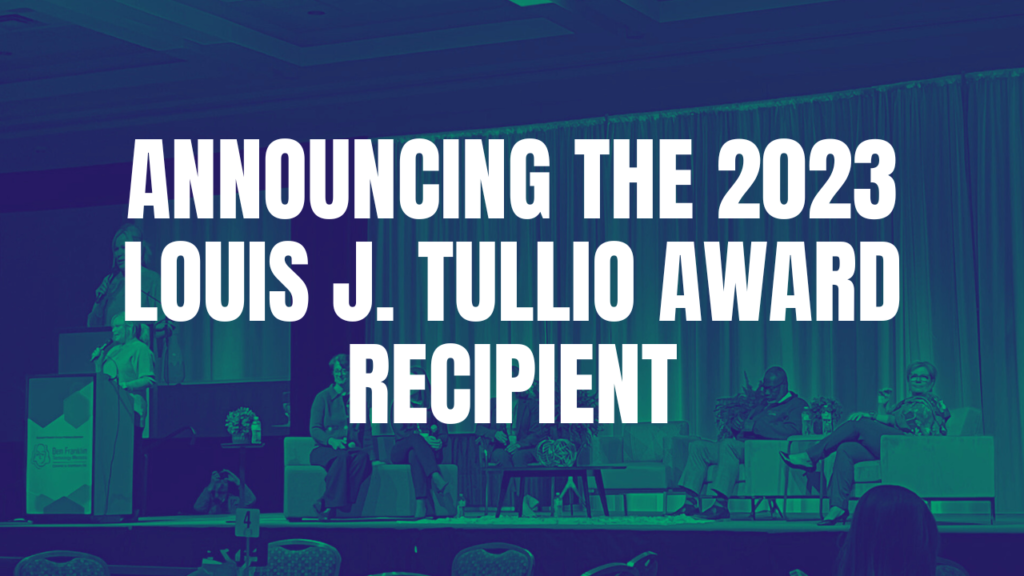Visionify: Beyond the Norm: 6 Ways AI is Redefining Workplace Safety in Manufacturing
In the dynamic and ever-evolving landscape of Manufacturing, a silent revolution is unfolding. This revolution that is elevating safety standards to new, extraordinary levels is powered by the unparalleled capabilities of Artificial Intelligence (AI). For Manufacturing Companies, and the EHS professionals responsible for safeguarding these manufacturing environments, understanding and acknowledging the influence of AI on workplace safety is pivotal.
Imagine a manufacturing floor where safety transcends reactive protocols, evolving into a proactive, predictive system. Picture a setting where every potential hazard is anticipated and mitigated before it materializes. This vision is rapidly becoming a reality in the manufacturing industry thanks to the advent of AI.
In this detailed blog post, we unravel the intricate tapestry of AI’s impact on workplace safety, dissecting eight pivotal ways in which it’s not just a game-changer but a life-saver.
From predictive analytics that peer into the future of safety to autonomous robotics navigating hazardous terrains, each facet adds a layer of protection, transforming workplaces into bastions of well-being.
So embark with us on this exploration of how AI is not just changing but fundamentally enhancing safety protocols in manufacturing. Whether you are a technology expert on the frontier of industrial innovation or a safety officer keen to harness the potential of AI in your manufacturing space, this exploration will offer you a glimpse into the future of workplace safety.
1. Predictive Safety Analytics: Anticipating Hazards Before They Occur
The cornerstone of effective workplace safety, especially in manufacturing, lies in being proactive rather than merely reactive. Predictive safety analytics, fueled by the power of AI, stands at the forefront of this approach, allowing organizations to not only respond to risks but anticipate and mitigate them before they materialize.
Utilizing advanced deep learning algorithms, Vision AI, a subset of AI, rapidly processes visual information, identifying patterns and generating predictive data that puts you ahead of the curve. This enables proactive decision-making that leads to timely implementation of preventive measures.
Predictive safety analytics is more than a technological innovation. It has the potential to revolutionize safety protocols in manufacturing environments!
By leveraging both real-time and historical data, AI algorithms can discern trends and predict possible hazards. These insights provided by Vision AI not only enhance safety measures but also fundamentally change the way manufacturing industries approach and manage workplace risks
2. Autonomous Robotics for Hazardous Tasks: Minimizing Human Exposure
AI-driven autonomous robots are increasingly taking center stage in handling hazardous tasks, minimizing human exposure to potential risks. From inspections in confined spaces to handling dangerous materials, these robots contribute to a safer workplace.
Autonomous Robotics for Risky Tasks: Be it high-pressure, low-pressure, toxic, or radioactive environments, these AI-powered robots expertly handle risky jobs, maneuvering through challenging environments where the threat is omnipresent.
Navigational Intelligence and Hazard Handling: These sophisticated machines excel in precise navigation and managing hazardous materials, backed by sensors and AI algorithms for safe, efficient operations like waste management in manufacturing plants.
Real-Time Data Processing and Insights: AI robots perform tasks and analyze real-time data, offering insights into operational safety and efficiency, crucial for proactive risk management.
Collaborative Robotics (Cobots): Designed to work alongside humans, these robots relieve workers from repetitive, strenuous tasks, enhancing overall safety and reducing workplace accidents.
3. Behavioral Analytics for Safety Culture: Cultivating Proactive Safety Mindsets
At the heart of a safe workplace is understanding the complexities of human behavior. Every person brings a unique set of motivations and influences that can impact safety. It’s about getting into the nitty-gritty of why we do what we do and how we can do it safely.
Central to this understanding is the acknowledgment that humans, despite their capabilities, are not immune to errors. Influenced by cognitive biases, they can occasionally deviate from optimal decisions. Recognizing these inherent vulnerabilities allows employers to develop systems and processes that accommodate human fallibility, fostering a safer and more secure working environment.
Some typical applications include:
Posture-Related Risk Identification: Research indicates specific postures, like slouching or rushed movements, often precede accidents. AI behavioral analytics can spot these risky behaviors for early intervention.
Monitoring Physiological Signs of Fatigue: Changes in speech patterns or eye movements can signal fatigue. AI systems can detect these physiological changes, predicting and preventing fatigue-related errors.
Cognitive Bias Recognition: Understanding biases like ‘confirmation bias’ help in creating safer decision-making processes. AI can identify patterns where biases may lead to safety oversights.
AI-Enhanced Safety Culture: Aligning AI with human behavior patterns fosters a proactive safety-first mindset in the workplace, enhancing overall safety and well-being.
4. Vision AI for Real-time Hazard Detection: Eyes on the Safety Horizon
Think of Vision AI as a high-tech, proactive safety guard. It’s hooked up with surveillance cameras and sensors, but it does a lot more than just watch. It creates a dynamic system that constantly scans for safety issues, catching potential problems before they turn into real ones. These systems, powered by deep learning algorithms, are trained to pick up on anything unusual – be it a safety mishap, a piece of equipment acting up, or a potential hazard. It’s like having an ever-alert safety monitor that doesn’t just spot risks but also rings the alarm bell for quick action.
What’s truly remarkable about Vision AI is how it’s transformed response times in case of incidents. Workplaces are becoming safer because this technology doesn’t just wait for things to go wrong; it actively looks to prevent them.
Some of the most popular Vision AI applications include:
PPE Detection: Vision AI diligently ensures workplace safety gear compliance, promptly alerting to any PPE usage lapses for immediate action.
Slip and Fall Detection: Proactively scanning for hazards, Vision AI mitigates slip and fall risks, which is crucial for maintaining safety in varied work environments.
Face Recognition for Perimeter Control: Enhancing security, Vision AI employs face recognition to control access, allowing only authorized personnel in sensitive areas.
Smoke and Fire Detection: Acting as an early warning system, Vision AI detects the initial signs of smoke and fire, enabling quick responses to avert potential disasters.
5. Emergency Response Optimization: AI’s Swift and Efficient Reaction
AI algorithms optimize emergency response plans by considering employee locations, incident severity, and available resources. This ensures a quicker and more efficient response to accidents or emergencies. Here’s how AI is making a difference:
Quick Location Tracking: Imagine knowing where everyone is in an emergency. AI does that by working with technologies like RFID or GPS, pinpointing employees’ locations instantly. This means faster help where it’s needed most.
Assessing the Situation: How bad is the emergency? AI figures it out fast. By analyzing data from sensors or cameras, AI determines how severe a situation is so that the response can be prioritized accordingly.
Smart Resource Dispatch: AI isn’t just about speed; it’s about being smart. It looks at the resources nearby, whether they’re available, and if they’re right for the emergency, ensuring the most effective response.
Predicting to Prevent: AI’s not just reactive; it’s proactive. By spotting trends and patterns, AI can predict and prevent potential emergencies. That’s a game-changer in making workplaces safer.
Automated Coordination: When emergencies strike, AI takes over communication, sending out alerts and coordinating responses, keeping everyone informed and organized.
With AI, emergency response is no longer just about reacting; it’s about being steps ahead. We’re talking about a swift, smart, and strategic system, minimizing risks and maximizing safety.
6. Wearable Technology and Biometrics: Personalized Safety Monitoring
Wearable technology, in its essence, encapsulates a spectrum of devices, from smartwatches to specialized safety wearables tailored for distinct working conditions. This technology, when infused with AI and biometrics, becomes a dynamic tool for safeguarding employees in a personalized manner.
For example, in confined spaces, where traditional monitoring methods may fall short, wearables like smart helmets or wrist devices monitor their vital signs and detect environmental conditions.
These wearables can swiftly identify gas levels, temperature variations, or other potential hazards specific to confined spaces. These devices provide immediate alerts in unsafe conditions, allowing for prompt intervention and evacuation.
Within a workplace, smartwatches equipped with biometric sensors can monitor heart rate, body temperature, and even exposure to hazardous substances, ensuring early detection of worker health issues and potential dangers.
To Sum it Up
As technology advances, the synergy between AI and workplace safety plays a pivotal role in creating safer and more productive work environments. AI is reshaping workplace safety, which is insightful and imperative in building and maintaining a robust safety infrastructure.
This innovative technology’s integration represents a holistic approach to safeguarding the workforce, forging a safer and smarter future for industries at the forefront of AI innovation.


Responses